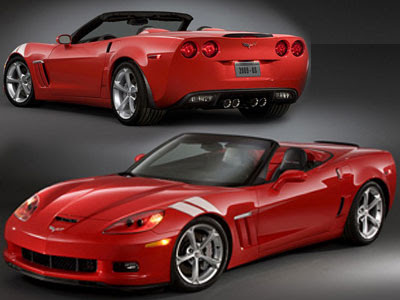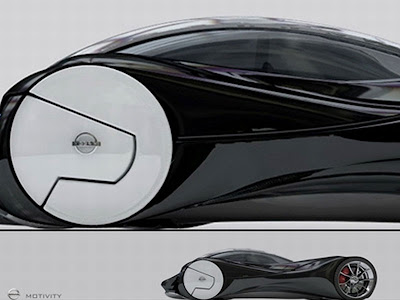GT racing legend Paul Gentilozzi is taking a break from a gruelling development programme to feature the XKR in the largest dedicated trade motorsport exhibition in Europe. The racecar will be on display at the Jaguar sport cars stand alongside a production model XKR, XFR, and the fastest Jaguar ever – the Bonneville XFR prototype, which Paul drove to 225.675 mph on the Bonneville Salt Flats in 2008.

Rocketsports Racing officially announced a GT2 program for the American Le Mans Series that will see the East Lansing, Michigan-based team reunite with the Jaguar sport cars brand by entering a Jaguar XKR for a partial season in 2009 with a full-season championship effort in 2010. Jaguar asked the Michigan-based RSR team to help create a race car to compete in GT2 racing in 2010. The Jaguar sport cars engineering and design teams, based in Coventry, have jointly developed the car from a standard road-going XKR with the RSR team. It is the first and only chance for the public to see the stunning new 2010 Jaguar Sport Cars XKR GT2 in the metal before it heads back to the US to compete in the entire 2010 American Le Mans Series (ALMS) in North America.
“It has been difficult to be out of competitive racing for nearly a year,” said RSR team owner Paul Gentilozzi. “We are most fortunate to be able to return to what we know, winning sportscar championships."
RSR will be entering the ALMS with Jaguar as a technical and marketing partner. Jaguar has provided vital engineering, information and support to assist the team in the homologation and construction process. Construction of the Jaguar XKR is near completion at the RSR facility. A parallel engine development process is also underway for the new AJ-133 direct injected 5-liter normally aspirated engine. The company’s plan is to begin testing and development in June and enter the ALMS series mid-summer. RSR will be building at least three XKR’s this year and will have cars available for customer use in 2010.

The Jaguar sport cars XKR GT2 racer competing at Le Mans is being run by JaguarRSR, and shares many of the basic components and technologies with the road-going XKR. Jointly developed by Jaguar's engineering and design groups and the RSR team, the racer features the road car's lightweight aluminium body structure and a tuned version of its 5.0-litre supercharged AJ133 V8 engine developing in excess of 500 horsepower.
2010 Jaguar Sport Cars XKR GT2
After taking centre stage at the car show, the JaguarRSR XKR GT will visit 'home' by making stops at Jaguar headquarter sites in Whitley and Castle Bromwich in the UK. 'It will be incredibly exciting to take the JaguarRSR XKR GT back to the team at Jaguar who worked so hard to make this dream a reality,' added Gentilozzi. 'A picture may be worth a thousand words, but seeing this car in person is priceless.'
The competition car uses the standard Jaguar XKR lightweight aluminium monocoque together with additional steel reinforcements and safety structure developed by RSR. The 5.0-litre V-8 engine boasts 550 horsepower at 7000 rpm and a maximum speed of 180mph.
The JaguarRSR XKR GT made its racing debut during the Petit Le Mans event at Road Atlanta in Braselton, Georgia, in September 2009. The car took its first green flag in the American Le Mans Series season finale at Mazda Raceway Laguna Seca in October and is set for a full-season championship effort in 2010. Jaguar has huge experience in the 24H Le Man races, so we expect them to perform well and bring good satisfaction of the million fans.

















 .
.







































